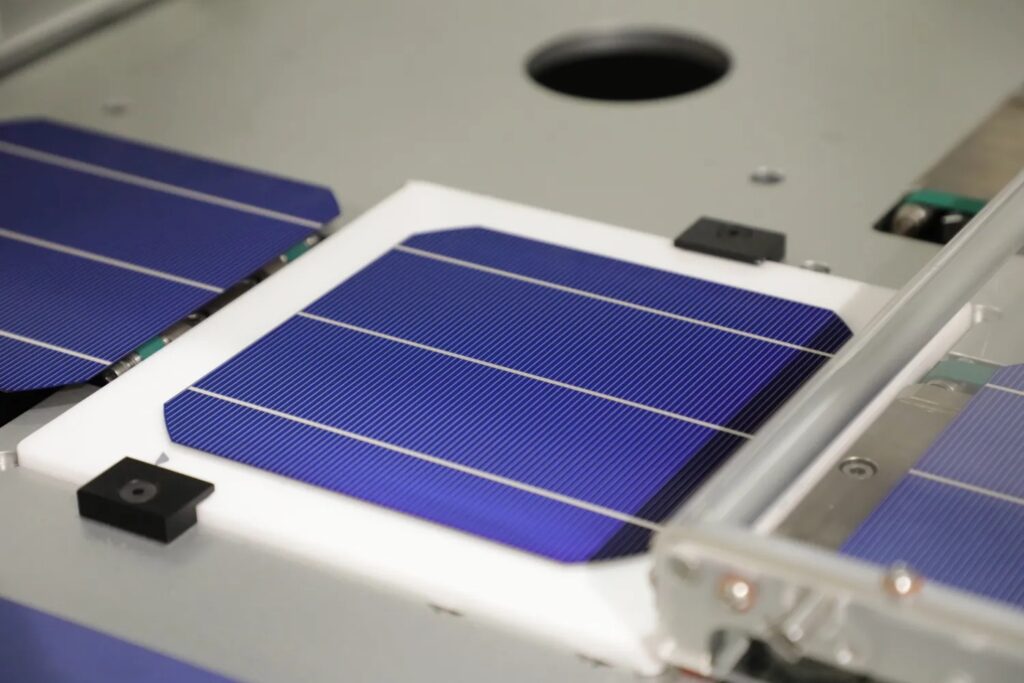Solar cell modules are typically packaged and protected by a combination of materials to ensure their durability, weather resistance, and electrical insulation. The key components of the packaging materials for solar cell modules include:
- Front Glass:
- The front surface of a solar module is often covered with tempered glass. This glass is transparent and durable, providing protection against environmental factors while allowing sunlight to reach the solar cells.
- Encapsulation Material:
- Solar cells are encapsulated to protect them from moisture, dust, and other environmental elements. The encapsulation material is usually made of ethylene-vinyl acetate (EVA) or similar materials. EVA is a transparent, weather-resistant, and electrically insulating polymer.
- Backsheet:
- The backsheet is a protective layer on the backside of the solar module. It is typically made of a polyester or fluoropolymer material. The backsheet provides additional insulation and protection against environmental factors.
- Frame:
- Solar modules are often surrounded by a metal or aluminum frame. The frame provides structural support, rigidity, and protection for the edges of the module. It also facilitates the installation of the module onto mounting structures.
- Junction Box:
- The junction box is usually attached to the back of the solar module and contains electrical components such as diodes and connectors. It is typically made of a durable, heat-resistant plastic material.
- Sealants and Adhesives:
- Various sealants and adhesives are used to bond different layers of the solar module together and provide additional protection against moisture and environmental ingress.
These materials work together to create a robust and weather-resistant package for solar cell modules. The combination of glass, encapsulation, backsheet, frame, and other components helps protect the solar cells from physical damage, temperature variations, and exposure to the elements. The choice of materials also considers factors such as electrical insulation, UV resistance, and long-term stability to ensure the reliability and longevity of the solar module.


